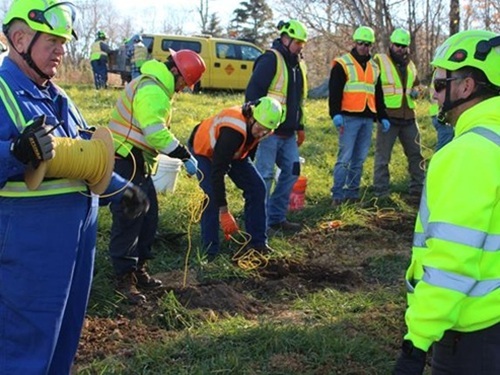Water is scarce commodity at highway rest areas managed by Arizona Department of Transportation, with most of them located in remote desert locations and relying on their own wells.
That’s partly why the agency made changes over the last few years that today save 40,000 gallons of water every day across the 28 highway rest area sites it manages.

Some of these improvements are obvious, the Arizona DOT said in a statement, such as lower-flow sinks with metered faucets, waterless urinals and upgraded toilets that use far less water per flush. Others are far subtler, such as the agency’s decision to switch soap dispensers from liquid to foam – which requires less water to rinse – and how its rest area resident caretakers start each day by emailing photographs of water meter readings so managers can look for spikes that indicate leaks.
Each rest area also now features a “valve-exercise program” in which valves that are part of water systems are regularly inspected and operated to reduce the chances of a failure – a procedural change that required the painstaking mapping and numbering valves.

Yet those and other improvements to Arizona DOT’s rest area water systems resulted in water flow declining by about a third at each facility. That means the equipment required to move and treat water has to run less frequently, cutting power use by about 25 percent, the agency said. Meanwhile, reduced wastewater means less pressure on septic systems, noted Bobby Wheeler, the agency’s rest area manager.
“At rest areas, the goal is taking one good idea and making it consistent statewide,” he said in a statement. “We’re always looking for new ways to conserve water. Our systems are evolving, and we’re staying open-minded when it means saving power and water.”
 States
States
NCDOT Staff Participate in ‘Explosive’ Technical Training
December 19, 2025 States
States

